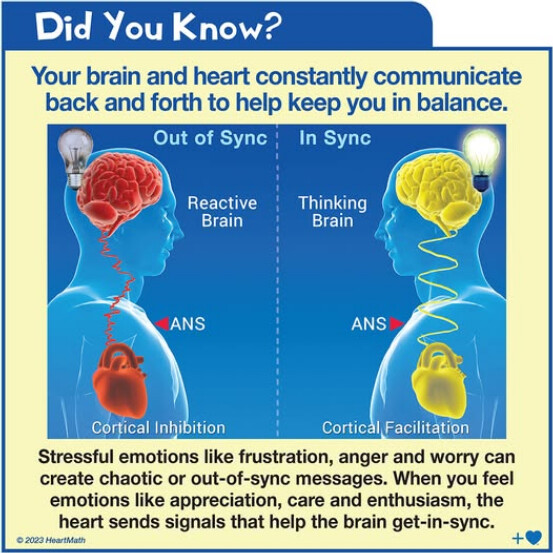Listening Schedule
Dragon Reborn RED | Jun 2024 Multistage Stage IVC3
15 mins, Tues and Thur, 7 days break after 21 days
Running Harder Could Slow Down Aging at the Cellular Level, Study Finds
In a groundbreaking study that has caught the attention of both fitness enthusiasts and scientists alike, researchers have uncovered a startling link between intense running and cellular aging. It turns out that running with intensity for just 30 to 40 minutes, five times a week, may have the power to slow the aging process at a deeper, molecular level — with profound implications for longevity.
The study, which analyzed the telomeres of both runners and non-runners, found that individuals who engaged in consistent, high-intensity running had significantly longer telomeres compared to those who preferred more moderate forms of exercise. Telomeres, often compared to the plastic tips at the end of shoelaces, are the protective caps on chromosomes. As we age, these telomeres naturally shorten, which has long been associated with the aging process and the onset of age-related diseases.
What’s particularly remarkable about the study’s findings is the magnitude of the effect. The biological markers of the runners were found to be nearly nine years younger than those of their non-running counterparts. This means that regular, intense running may actually reverse some of the damage to our cells caused by the passage of time.
The research is part of a larger body of work that’s delved into how physical activity influences cellular aging. But where many studies have focused on moderate exercise like walking or light jogging, this one emphasizes that the intensity of the activity might be the key factor. Light exercise did not show the same benefits in terms of telomere length, suggesting that merely being active isn’t enough. The body needs to be pushed to a certain level of intensity to achieve these anti-aging effects.
Researchers noted that this study has the potential to change how we think about exercise and aging. For years, many have associated longevity with a lifestyle marked by gentle movement, but this new data suggests that the key to slowing down the clock might not be as simple as “taking it easy.” Instead, ramping up your workouts — particularly by incorporating high-intensity running — might just be the secret to keeping the biological markers of aging at bay.
But what does this mean in practical terms for those looking to add more years to their lives? The results imply that incorporating high-intensity running into your routine, for just a few short bouts a week, could offer a tangible way to slow the inevitable march of time. While the science is still evolving, and more studies are needed to understand the full scope of the relationship between running intensity and telomere length, the early evidence points to a simple, accessible strategy for those hoping to live longer, healthier lives.
The researchers also noted that the intensity of the runs seemed to activate certain biological pathways responsible for cell repair and regeneration. This, they hypothesize, could be why intense exercise offers such powerful protective effects at the cellular level. By pushing the body hard enough, it’s almost as if we signal our cells to “defend” themselves against aging processes.
Interestingly, it’s not just the distance or speed that matters but the effort. A few short, intense bursts of running might be more effective than simply increasing your mileage without increasing intensity. For those looking to apply these findings to their own lives, a good rule of thumb might be to start with intervals: a few minutes of fast running followed by a brief recovery period.
For people who are looking to get the most out of their running routine and who are aiming for longevity, the study makes one thing clear — intensity matters. Whether you’re running on a treadmill or hitting the pavement outside, pushing yourself for short, consistent bouts of effort is likely to be a more effective strategy than easy, leisurely jogs.
However, it’s also important to note that not everyone can or should jump into intense running. The study didn’t address whether high-intensity exercise could pose risks for people with certain health conditions. It’s always advisable to consult a doctor before starting a new fitness regimen, especially one involving intense exercise.
As the study continues to ripple through both the scientific community and the world of fitness, it challenges long-held beliefs about how exercise affects aging. While moderate exercise will always have its benefits, this research offers fresh insight into how we might approach aging at the most fundamental level — by taking our workouts up a notch.
For those looking to slow down the aging process, the takeaway is clear: running harder, even for short bursts, could be an easy and effective way to keep both body and mind young. Now, the question remains: how many of us are ready to put on our running shoes and take it to the next level?
The possibilities suggested by this study are exciting. They hint at a world where the fountain of youth might not be a mythical concept but rather something we can actively participate in by adjusting our exercise habits. Whether you’re a seasoned marathoner or someone just looking to improve your health, incorporating short bursts of intense running into your routine could be the first step toward a longer, healthier life.


